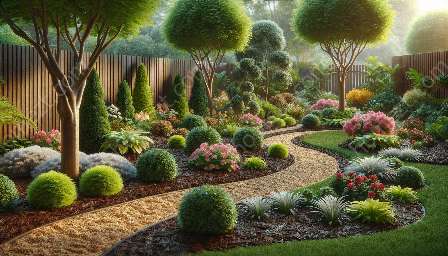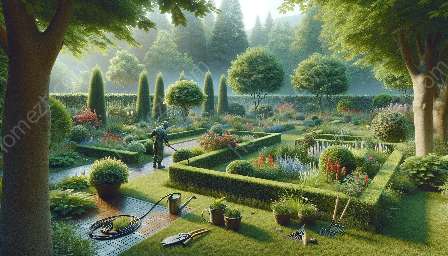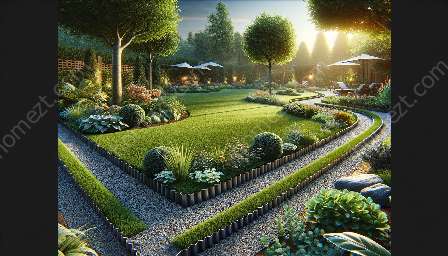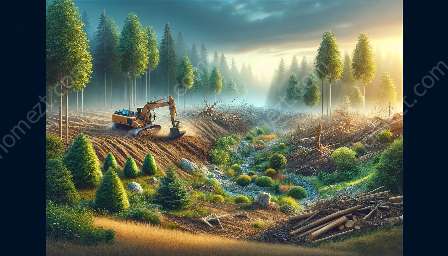Mulching is a versatile and beneficial practice that plays a crucial role in landscaping and domestic services. In this comprehensive guide, we'll cover the various aspects of mulching, including its benefits, types of mulch, and application techniques.
Benefits of Mulching
Mulching offers a wide range of benefits for both landscaping and domestic services. Here are some of the key advantages:
- Moisture Retention: Mulch helps retain soil moisture, reducing the need for frequent irrigation and watering in landscaping projects. In domestic services, this means less time spent watering gardens and lawns.
- Weed Suppression: By creating a barrier over the soil, mulch helps prevent weed growth, reducing the need for manual weeding and herbicide use.
- Soil Insulation: Mulch acts as a natural insulator, protecting plant roots from extreme temperatures in both landscaping and domestic environments.
- Soil Erosion Prevention: Mulch helps stabilize the soil, reducing the risk of erosion in landscaping and garden areas.
- Enhanced Aesthetics: Mulch adds visual appeal to landscaping and domestic areas, providing a polished and tidy appearance.
Types of Mulch
When it comes to mulching, there are various types of mulch to choose from, each with its unique properties and benefits:
Organic Mulch
Derived from natural materials such as wood chips, bark, straw, and compost, organic mulch enriches the soil as it decomposes. It is ideal for enhancing soil fertility and promoting healthy plant growth in landscaping and gardens.
Inorganic Mulch
Materials like rocks, gravel, and rubber are classified as inorganic mulch. This type of mulch provides long-term coverage and is excellent for controlling erosion in landscaping areas.
Application Techniques
Proper application of mulch is vital to maximize its benefits in landscaping and domestic services. Consider the following techniques:
- Layering: Apply a uniform layer of mulch around plants, leaving a small gap around the stem or trunk to prevent moisture-related issues.
- Topdressing: Refresh the existing mulch layer by adding a new layer on top to maintain its effectiveness in landscaping and domestic applications.
- Mulch Selection: Choose the appropriate type of mulch based on the intended purpose, considering factors such as moisture retention, aesthetics, and weed suppression.
Mulching is a valuable practice that can significantly enhance landscaping and domestic services. By understanding its benefits, types, and application techniques, you can make informed decisions to improve the health and aesthetics of your outdoor spaces.





































